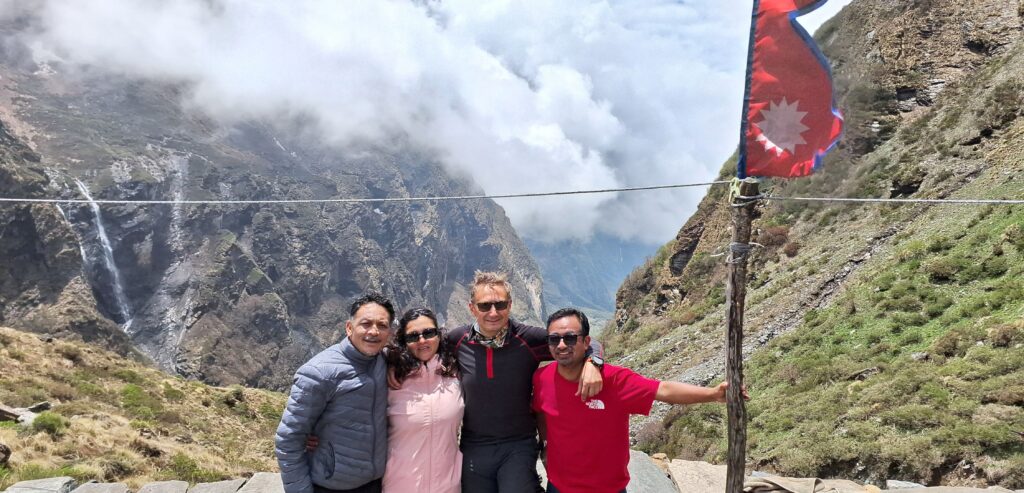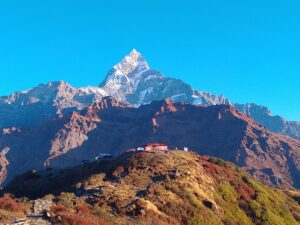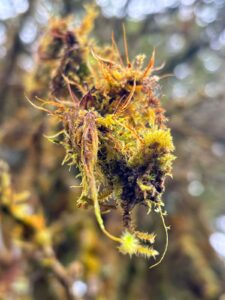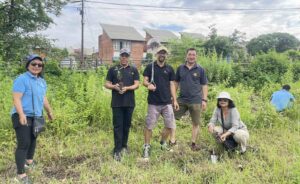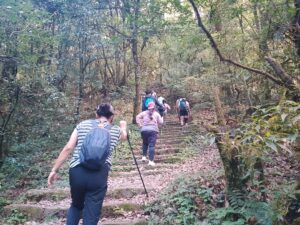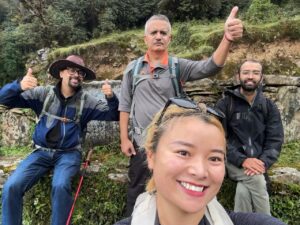An Unforgettable Journey to Annapurna Base Camp (ABC)
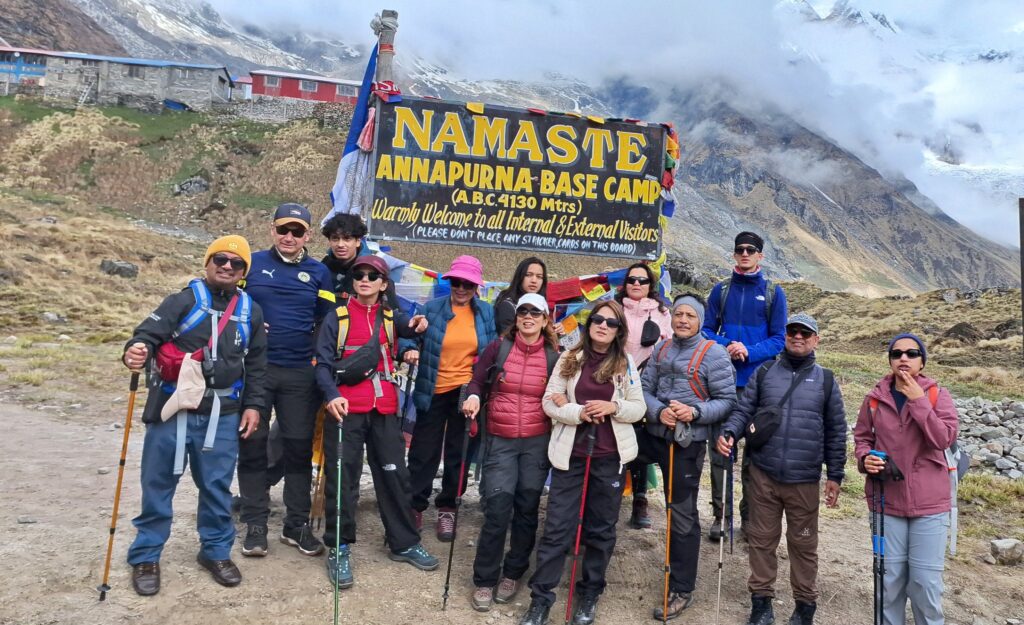
I had never written a travel memoir before, but my trek to Annapurna Base Camp (ABC) was an experience so thrilling and unforgettable that I felt compelled to share it. Having spent over three decades in the landscape of Kathmandu after moving from a remote village in Syangja, my legs were no longer accustomed to climbing steep trails. The thought of a challenging trek had never crossed my mind since my last strenuous trip to Rasuwa’s Tatopani and Nagthali hills back in 2010.
However, in May 2024, a suggestion from my colleague Sanjeeb Manandhar to trek to ABC changed everything. Without a second thought, I agreed it. Sanjeeb had already been planning this for a while. Soon, our group expanded to 13 people, including our Country Director, another colleague, and their family members.
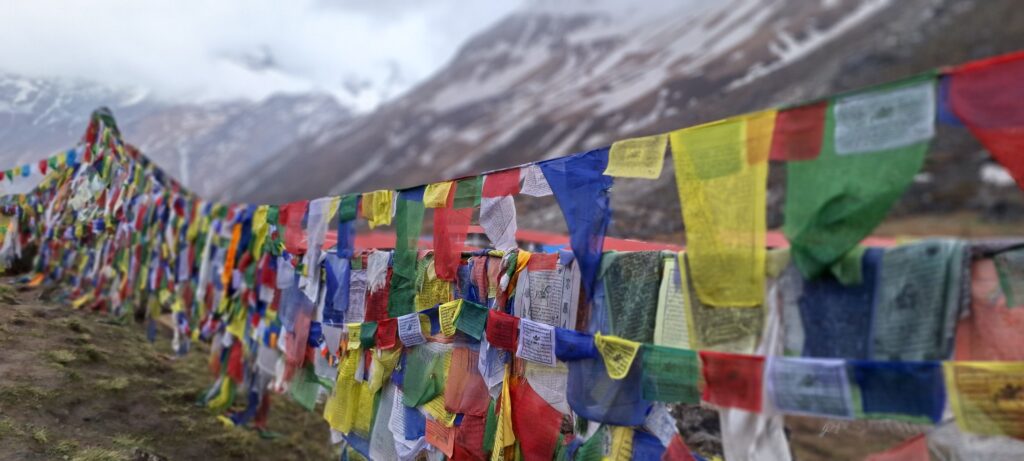
Preparations and the Start of the Trek!
The countless stories I had heard about the Annapurna Base Camp (ABC) trek filled me with excitement. Fortunately, my colleague Sanjeeb Manandhar, who had already experienced the trek, helped us preparing with his tried-and-tested plan. Excitement grew as we planned the trip with Sanjeeb’s guidance. During our office tea breaks, we discussed everything from necessary gear and expenses to the weather and terrain. We decided to start on 23rd May, a public holiday for Buddha Jayanti. By taking two days of annual leave, we had a five-day window for the trek. The plan was to meet at Lakeside, Pokhara, at 7 a.m. on 23rd May.
My friend Sanjeeb, his wife, and I chose to take a so-called luxury night bus from Kathmandu to Pokhara in the evening 22nd May after office. It was a nostalgic night bus journey after long time in my life. Despite expecting to arrive in Pokhara by 6 a.m. next morning, road conditions delayed us, and we reached around 7 a.m.
Day 1: Pokhara to Upper Sinuwa
Upon arrival at Pokhara, we went straight to the hotel, where the rest of our group was waiting. After a quick refresh, we loaded our luggage into two Scorpio jeeps and, with my friend Sanjeeb as our team leader, departed for Jhinudanda at 8:30 a.m. The scenic drive took us through along newly constructed Hemja road and beautiful Lumle village. We reached at Nayapool after one hour and had tea, coffee then past the Modi River, which originates from the base of Mount Annapurna. By 11:30 a.m., we reached Jhinudanda, where we were met by five porters who would carry our luggage. The first challenge was a long, intimidating suspension bridge that made my heart pound, but on the other side, a delicious lunch awaited us at Jhinudanda, situated at 1,780 meters of altitude.
Our actual trek began around 1 p.m. The initial climb from Jhinudanda to Chhomrong was one of the most difficult part of the entire journey. Despite the midday heat, the trail, paved with stones, was manageable. After two hours of walking, we reached Chhomrong (2,170 mtr.). The view of the Annapurna Himal was unfortunately hidden by the bad weather, but the new surroundings kept our spirits high.
From Chhomrong, we descended to a river, crossed a suspension bridge, and then climbed up to Lower Sinuwa (2,220 mtr.). After a brief tea break, we pushed on for another hour to Upper Sinuwa (2,350 mtr.), where we settled in for our first night.
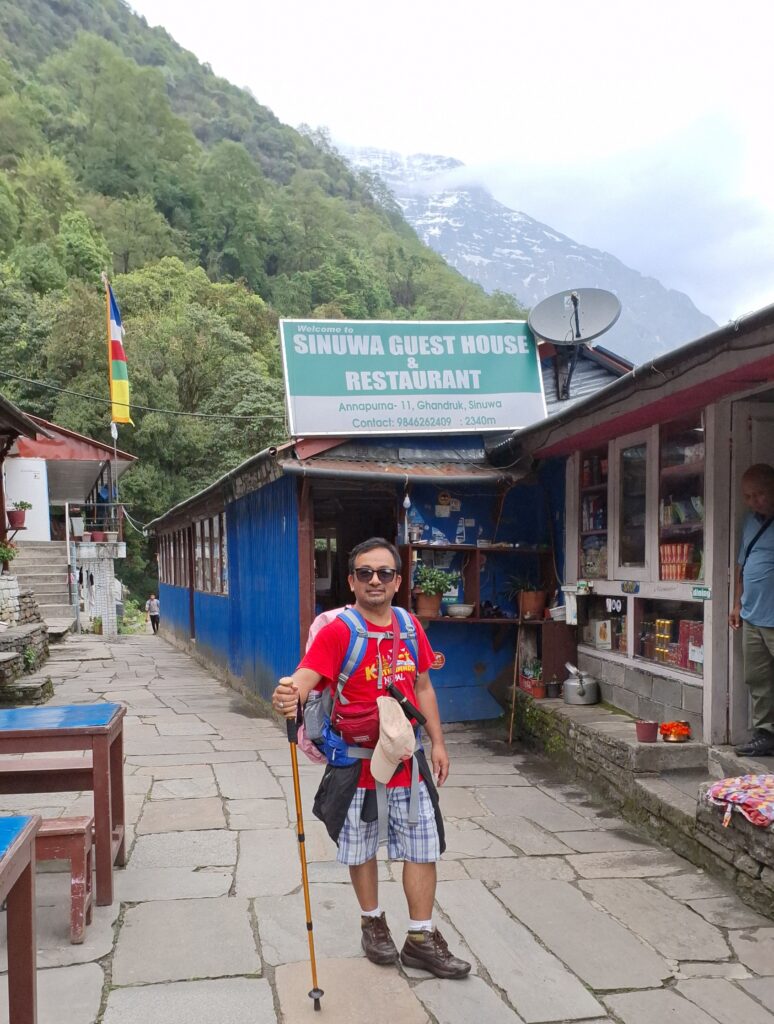

Day 2: Upper Sinuwa to Deurali
The next morning, we left for Bamboo (2,145 mtr.) at 8 a.m. After a two-hour walk, we rested and waited for the others at Bamboo. The trail from Bamboo to Dobhan (2,500 mtr.) was a mix of slight inclines and flat stretches, taking us through dense reed bamboo forests. We arrived at Dobhan around 1 p.m. and, after four and a half hours of trekking, were famished. We enjoyed a delicious vegetarian lunch as meat is not served above Sinuwa.
The afternoon trek took us past a beautiful waterfall, which some tourists have nicknamed the “Bahubali Waterfall.” We stopped for photos before continuing to Himalaya (2,850 mtr.). After a short break for tea and coffee, we started the final leg of the day’s journey. As we gained altitude, our pace slowed. The sight of the Modi River to our right and the distant snow-capped peaks made the exhaustion worthwhile. At 5:30 p.m., we reached Deurali (3,200 mtr.), where we would spend our second night.
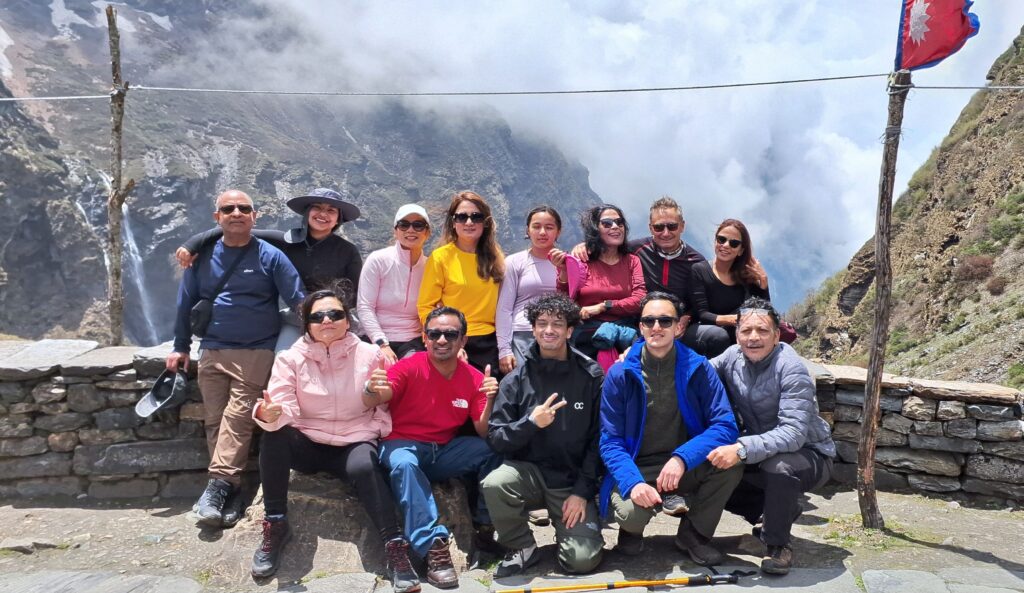
Day 3: Deurali to Annapurna Base Camp (ABC)
After an early breakfast, we set off for ABC. The route to Machhapuchchhre Base Camp (MBC) had some challenging sections due to avalanches last year, but we navigated them carefully. We reached MBC (3,700 mtr.) in about 90 minutes. Though the weather prevented us from seeing the iconic Machhapuchchhre Himal, our excitement was at its peak.
The trail from Machhapuchchhre Base Camp (MBC) to Annapurna Base Camp (ABC) was relatively flat, but the high altitude and strong winds made breathing difficult, forcing us to slow down. We reached the ABC sign board around 1 p.m. and took several photographs before heading to our hotel. Soon after, a light rain began, and the mountains were quickly enveloped in mist. The weather changes rapidly here. In the evening, the sky cleared for a short period, offering a breathtaking glimpse of the surrounding peaks. On the third day, we stayed at Annapurna Base Camp (ABC), anticipating the breathtaking mountain views we’d enjoy the next morning.
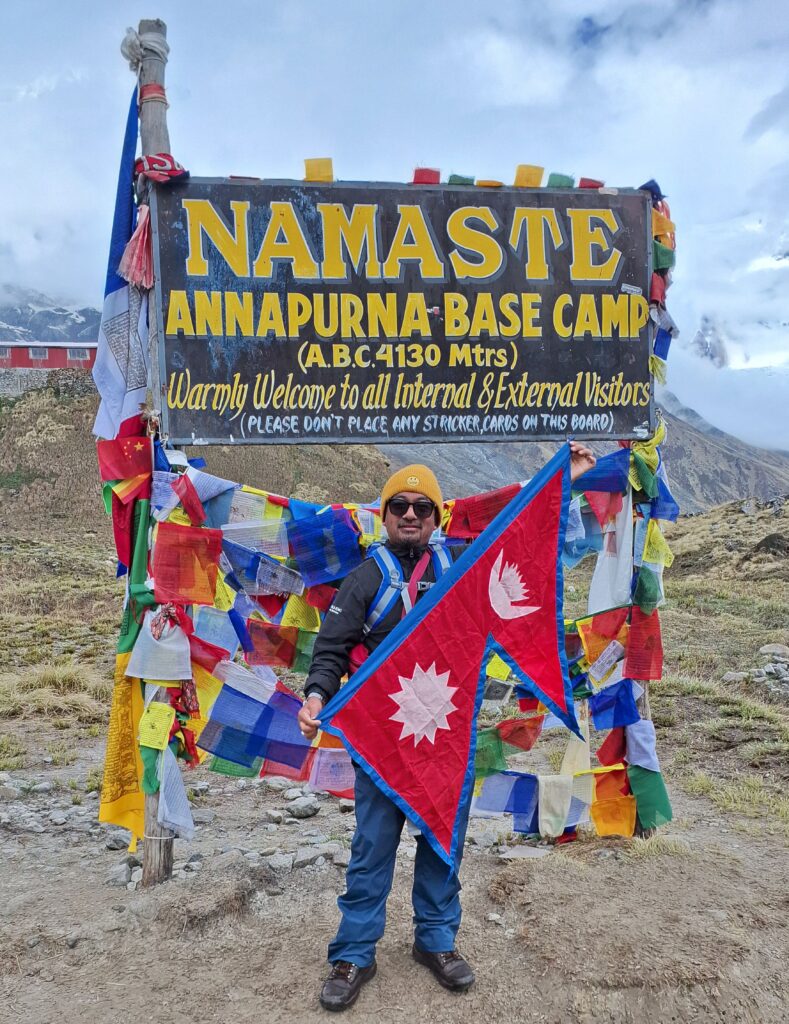

Day 4: ABC to Lower Sinuwa
The fourth week of May is considered the off-season, but on 26th May, the hotels were still full. The highlight of the entire trip for me was that morning. That morning was the highlight of my entire journey – never had I witnessed such a breathtaking 360-degree panoramic view of the mountains, so close and so majestic. After soaking in the incredible scenery, we had breakfast and began our descent.
At 8:30 a.m., we took a final group photo at the ABC sign board and started the long walk down. Our group split up, which is not recommended. I was in the front group. The journey was long, as we planned to reach Lower Sinuwa on the day. By 1pm, we had reached Himalaya for lunch and spent one hour.
After lunch, we continued toward Dobhan. My legs were sore from four days of trekking, and the downhill sections were particularly tough. We reached Bamboo in 45 minutes from Dobhan, where we met our friends for tea and coffee before starting the steep, forested climb to Upper Sinuwa. We arrived at Upper Sinuwa at around 5 p.m. and continued to Lower Sinuwa, our final stop for the day. The downhill trail was challenging, but a group of five of us reached our hotel at 6 p.m. Since our other group members were far behind and there was no cell service above Sinuwa, we had a hard time contacting them.
We eventually talked to them and learned they were staying in Upper Sinuwa. Despite the difficulty, a woman over 60 refused our offer of a horse and insisted on walking down. My friend Sanjeeb, two porters, and I went back up the trail with flashlights to meet them. We found them and all returned to the hotel together at 8 p.m. We completed the 19-kilometer journey from Annapurna Base Camp (ABC) to Lower Sinuwa in a single day. After everyone re-grouped, we shared stories from the trek, sang songs, danced, and had a few celebratory drinks before enjoying our meal and heading to bed.
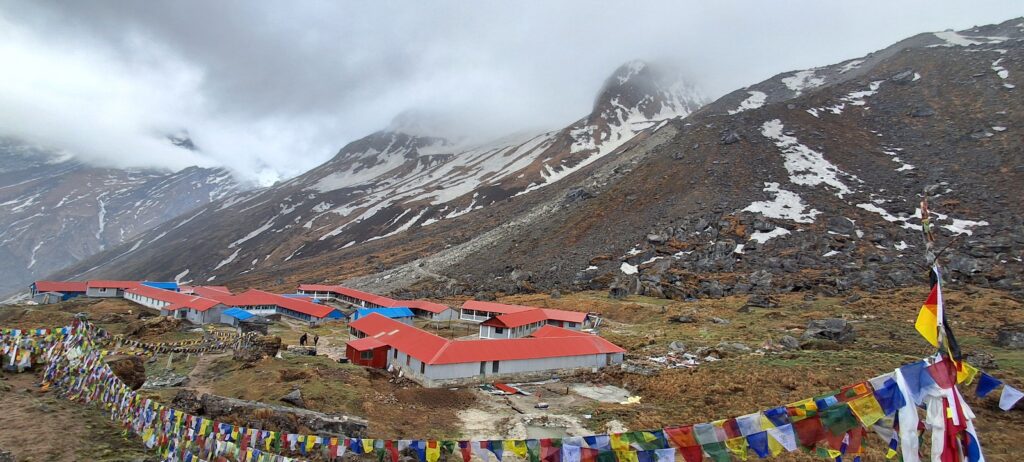
Day 5: Lower Sinuwa to Pokhara
We started our last day of the trek feeling happy and refreshed, ready to return to Kathmandu and meeting our families after an unforgettable five-day journey. Today’s walk was a bit easier since we only had to trek for half of the day.
We left Lower Sinuwa and walked downhill for a while, crossing a suspension bridge before climbing up to the village of Chhomrong. The climb was slow, but we made it in about two and a half hours. After a short rest, we continued downhill toward Jhinudanda, arriving around 12:30 p.m.
A jeep was scheduled to pick us up at 2 p.m., and we had lunch at the new Hotel Park Himalaya in Jhinudanda. After lunch, we crossed the suspension bridge to get to our jeep. A group of six members including me got in the jeep. I had a Buddha Air flight booked for 7 p.m. to Kathmandu, while the rest of my friends planned to take a bus later that evening. Unfortunately, due to bad weather, the flight was cancelled, and I had to return to Kathmandu the following day.
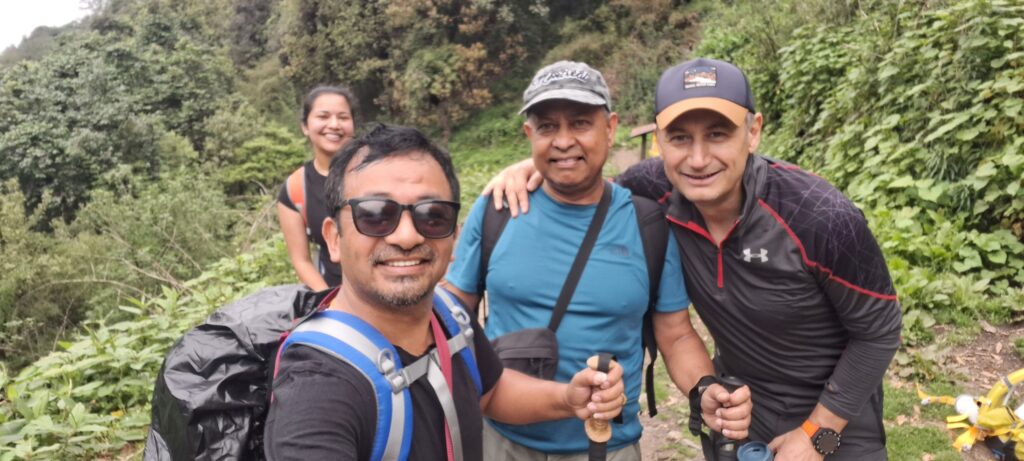
Reflections
The trek to Annapurna Base Camp (ABC) typically takes between five to seven days, with an optional route through the picturesque village of Ghandruk. Due to our limited schedule, our group committed to completing the trek in just five days — and we succeeded. Although the trail presents a real risk of altitude-related sickness, we were fortunate that no one in our group faced any health issues. Packing smartly is essential. On this trek, it’s highly recommended to carry basic medications such as painkillers, cetamol, digene etc. along with piece of garlic and black chocolates — which are surprisingly helpful at high altitudes.
From Upper Sinuwa onwards, mobile networks become increasingly unreliable, and by the time you reach Machhapuchchhre Base Camp, your phone is essentially out of service. However, internet connectivity is impressively maintained along the route, thanks to World link Communications, which has extended high-speed internet all the way to Annapurna Base Camp (ABC). For a modest fee of NPR 200 per mobile device, you can stay connected via WiFi at most teahouses and hotels.
Electricity is another thing to plan for. Up to Machhapuchchhre Base Camp, micro hydroelectric power plants provide electricity, but at Annapurna Base Camp (ABC) itself, solar energy is the only source — and it’s often limited. Charging a phone in the evening can be a challenge, so carrying a power bank is wise.
But beyond the logistics and planning, what makes this journey unforgettable is not just reaching the base camp — it’s everything you witness along the way: cascading rivers, thundering waterfalls, playful langur monkeys, and vibrant rhododendrons in bloom. These natural wonders leave an imprint on the soul.
Interestingly, most of the fellow trekkers we encountered were Nepalese, followed by Indian tourists. One of the most crucial aspects of a successful trek is having the right group. Ideally, your team should include at least three and up to five or six members. Age should also be a consideration – our group ranged from 20 to 60 years old, which presented some challenges in maintaining pace and stamina. Walking together is key; if someone struggles, others are there to support them.
If I were to name one moment in my life that I will never forget, it would be this trek to Annapurna Base Camp. And I say this with conviction – every Nepali should experience this once in their lifetime. It’s more than a journey; it’s a personal awakening.
